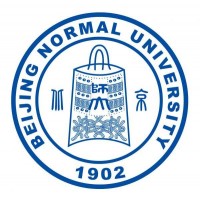Piezochromic luminescence of AIE-active molecular co-crystals: tunable multiple hydrogen bonding and molecular packing
2018
期刊
Journal of Materials Chemistry C

- 卷 6
- 期 36
- 页码 9660-9666
- Royal Society of Chemistry (RSC)
- ISSN: 2050-7526
- DOI: 10.1039/c8tc02444h
